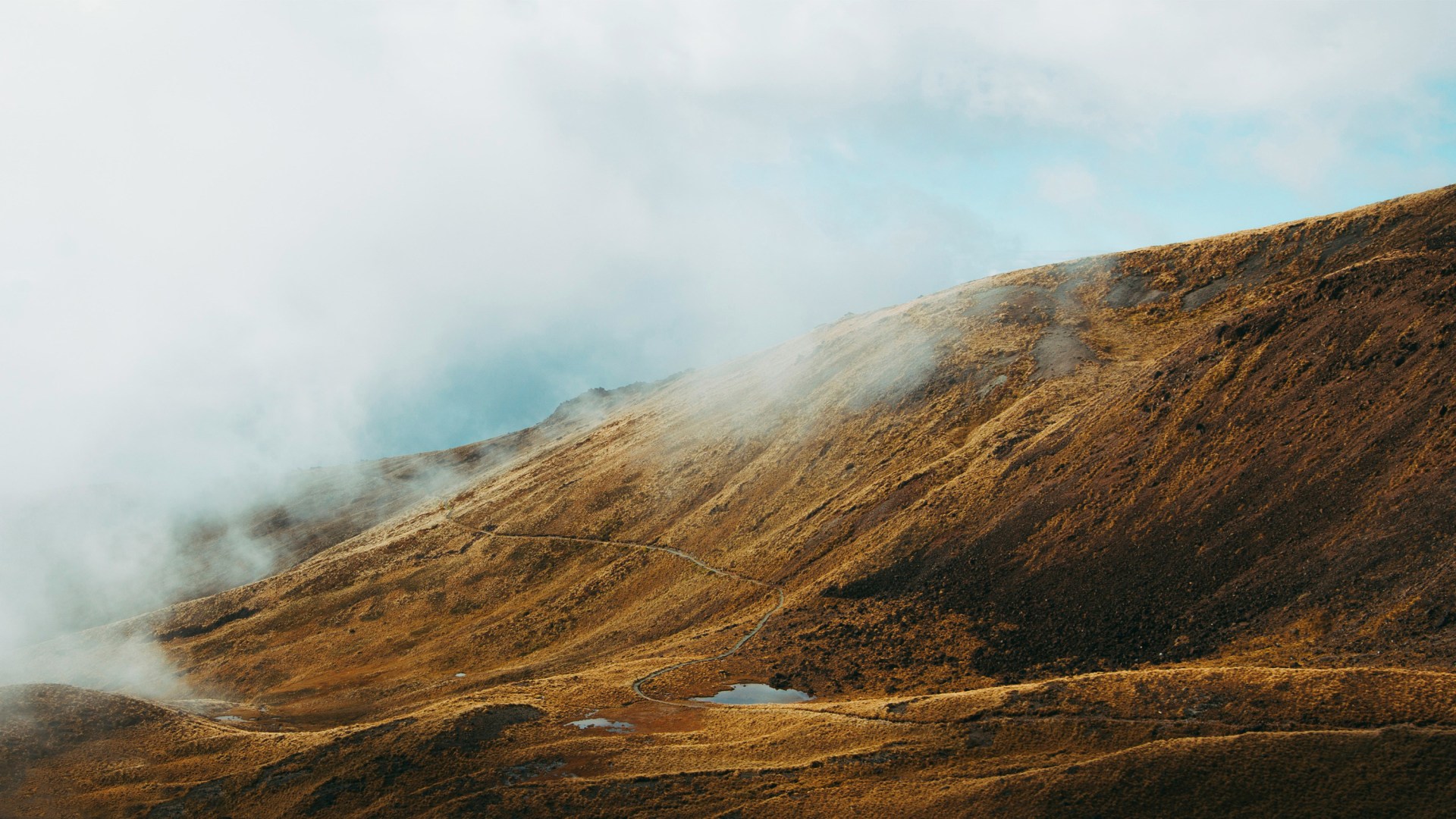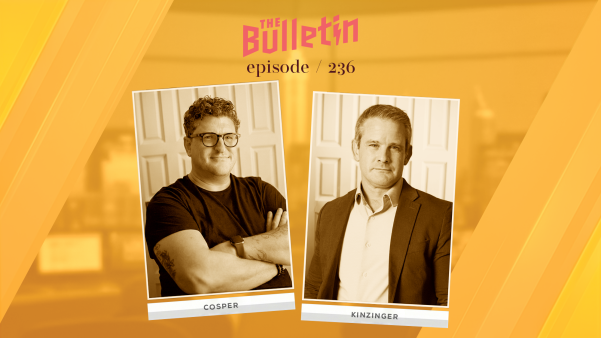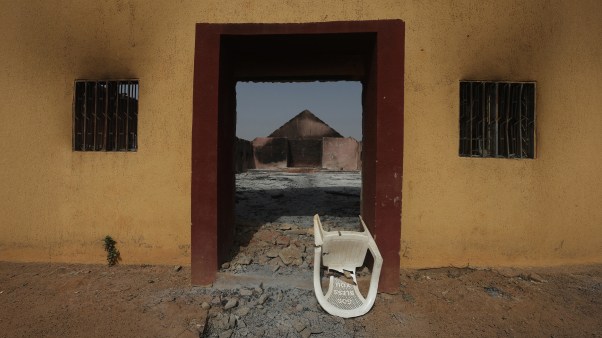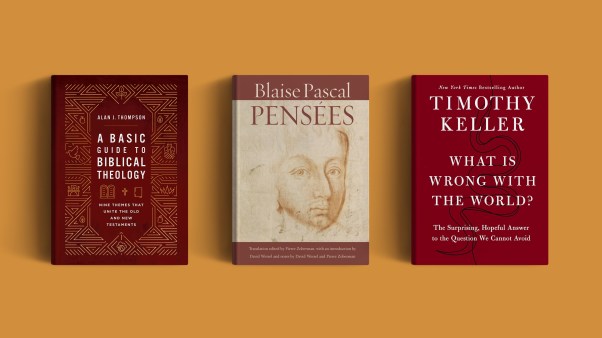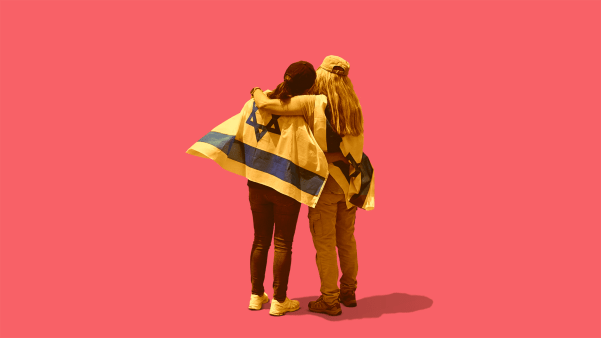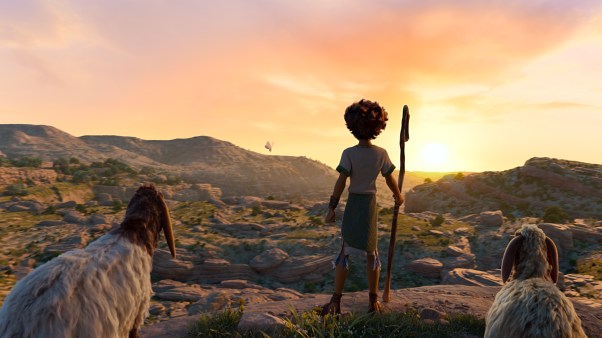Last year, Bible Society New Zealand (BSNZ) released a 109-page booklet with 10 Bible passages published in a contemporary Māori translation for the first time. The version used the names of atua Māori, or Māori gods and deities, in place of words like heaven, earth, land, and sea. Genesis 1:1, for example, says that in the beginning, God made Rangi-nui (Sky Father) and Papatūānuku (Earth Mother) instead of rangi and whenua respectively.
The changes, meant to appeal to younger Māori, stirred debate. While some readers praised the changes (“The terms are more relatable,” wrote one respondent in a BSNZ survey), many, including Māori theologians and church leaders, decried the use of atua Māori in the Scriptures as “twisted” and “blasphemous.”
The aim of publishing He Tīmatanga (A Beginning) was not to present a final translation but to offer a draft for feedback, said Clare Knowles, translation coordinator at BSNZ. Publishing these passages was part of an effort that began in 2008 to “retranslate the entire Bible into Māori [in] today’s language.”
While Māori speakers in New Zealand have a Bible translation in their language, it was last revised in 1952. The most recent edition in 2012 mainly focused on reformatting the text with updated paragraphs, spelling, and punctuation, but the content has largely remained the same since missionaries first translated the Bible into Māori in the 19th century.
“Imagine if the only English translation we had was the King James Version. … This is a bit like the situation with Te Paipera Tapu, the Māori Bible,” Knowles wrote in an article promoting He Tīmatanga.
In New Zealand, about 8 percent of the population speak Māori, which has made a resurgence as more students attend full-immersion Māori language schools. At the same time, the percentage of Christians among the Māori between 2006 and 2018 dropped from 46 percent to 30 percent, which some attribute to the legacy of colonialism (see sidebar). As Māori language and culture have become more infused with daily life, more young people have started using atua Māori to describe the natural world.
These changes reveal the need for a fresh translation of God’s Word, said Matua Hakiaha, who served on the translation committee of the 2012 reformatted edition of the Māori Bible.
But, he added, “we’ve got to get it right.”
Concerns of syncretism
Christianity was formally introduced to the Māori people in New Zealand in 1814 by Samuel Marsden, an Anglican minister who traveled from Sydney at the invitation of the Māori leader Ruatara. Before the establishment of a mission in Ruatara’s home village of Rangihoua, Māori beliefs centered around a pantheon of gods and spiritual forces. As Māori embraced Christianity in large numbers, they moved away from a complex spiritual and social world mediated by tohunga (priests) and tikanga (customs).
Jay Mātenga, executive director of the World Evangelical Alliance’s Mission Commission, noted that the earliest Māori Christians saw atua Māori not as mere symbolism but as gods who had real power. “So reviving knowledge of spiritual deities flippantly, without the means to navigate the relationship as the tohunga did, is spiritually ignorant and risky,” he said.
For several months after He Tīmatanga’s release, BSNZ encouraged Christians to read the booklet—which includes Genesis 1–11, Ruth, 1 Samuel, Amos, Jonah, Acts 1–11, Philippians, and 1–3 John—and to complete an online survey to share their feedback.
The questions asked readers whether they preferred individual translators using their regional dialects, how best to render the divine name YHWH, and if readers preferred a “word for word” (formal equivalent) or “thought for thought” (dynamic equivalent) translation. The vast majority of feedback centered around the appropriateness of using atua Māori in place of natural features in several passages in Genesis.
Hakiaha was “mortified” when he read Genesis 1–2 in He Tīmatanga.
“Here was the Word of God based on Hebrew culture, and here we are dragging Māori words into the Hebrew and Greek worlds,” he said. “No, no, no! You’re tampering, interfering with their worldviews!”
Author and historian Keith Newman, who moderated several online debates on his Facebook page regarding He Tīmatanga, shared similar concerns. He said that although “Māori creation legends and atua Māori can stand on their own for individual comparison and metaphorical unpacking, [they] should never be included as if they are the same thing.” Otherwise, it would leave readers with “a recipe for confusion.”
Debates about He Tīmatanga also took place in formal gatherings. In June 2023, Māori Christians took part in a hui (a meeting conducted with Māori customs) in Rangiotū to discuss the translation. Six months later, the Aotearoa New Zealand Association of Biblical Studies devoted a full day of its annual conference to discussing the contents and issues raised by He Tīmatanga, with proceedings to be published in a special issue of Religions journal. (Note: The author was present as a contributor.)
Te Waaka Melbourne, the translator responsible for Genesis 1–11 in He Tīmatanga, explained to CT his choice of words: “All I’m saying [in the translation] is how I think Māori see it. Rangi[-nui] is the name given to the sky. The earth is Papatūānuku. I cannot see why we shouldn’t use this terminology. It’s very common with the kids and the kōhanga reo generation,” or children raised in full-immersion Māori schools.
In a BSNZ written statement, Knowles emphasized that the translations in He Tīmatanga were offered “in a spirit of generosity, recognising the need for a new Māori translation that speaks to younger generations.”
At the same time, she noted that translators were not employees of BSNZ and did not necessarily represent their views. On whether or not a future translation would include atua Māori in Genesis, Knowles told CT that BSNZ “wouldn’t want to dilute the interpretation of [the] Scriptures.” She acknowledged that, as with projects into other languages, final decisions regarding translations are best left to Māori Christians.
Revitalizing the Māori language
The spirited discussions around He Tīmatanga have occurred amid wider societal shifts in attitudes regarding Indigenous language and culture in New Zealand.
“Like cultures, every language is dynamic,” said Mātenga. “From the 1970s, te reo [the Māori language] has undergone what is perhaps one of the most successful language revitalization processes in the world.”
While in previous generations the use of Māori was banned in schools, a growing number of children are now being raised and educated in full-immersion Māori language environments. National survey results in 2021 found that the number of New Zealanders improving at using Māori in day-to-day conversations continues to grow.
In 2024, Christians established Te Wānanga Ihorangi , a language school to equip the church to better express its beliefs in the Māori language. The school is also working with BSNZ to create the first Māori audio Bible.
This revitalization has led to significant shifts in the Māori language, with thousands of new words officially documented since the 1980s. It has also caused an increased emphasis on Māori spirituality. While this has historically included the use of Christian prayers, in recent years, Māori have been increasingly drawn toward the use of pre-Christian Māori folklore.
For instance, in 2022, when the New Zealand government made Matariki a public holiday to celebrate the Māori New Year, official resources outlined ceremonies that involved honoring the deceased and presenting food offerings to the stars in the Pleiades star cluster.
It is in this changing culture that Christians in New Zealand are searching for ways to engage Māori speakers with the Bible. Wayne te Kaawa, a Māori theologian from the University of Otago and part of the wider reference group for BSNZ, noted that many younger Māori in his theology classes favored bringing atua Māori into the Bible as it validated their identity and worldview.
“Essentially, [Genesis 1–2] is a Middle Eastern creation story,” he said. “We didn't want to try and match the two stories. We just wanted them to come into conversation with each other.”
Hakiaha, who grew up in a community fully immersed in Māori language and culture, noted that as his children and grandchildren learn Māori in school, he is concerned that their teachers are “teaching Māori gods to them.” Unlike the older generation, “our young Māori are saying there’s no place for Christianity.” Thus, the need for a new Bible translation.
Strategies to gather translation feedback
To produce the translations in He Tīmatanga, members of the translation committee were assigned different texts to translate, followed by a peer review process. For example, for Genesis 1–11, Melbourne worked primarily from English translations, with other committee members with linguistic and biblical language skills giving feedback.
Some committee members objected to including atua Māori, but they all agreed to present the issue to the public for discussion. Knowles expressed confidence in how the translation was handled, yet in hindsight wonders if laying out He Tīmatanga more like a draft could have better communicated that this was a work in progress. “When you publish something [in print], it looks final, [but] if it was just published online, people wouldn’t make that assumption.”
As an outside observer, Mātenga was less convinced that releasing He Tīmatanga was the most effective way to gather helpful feedback. “The mechanism used has not generated much two-way dialogue,” he said. “The conversations … have been quite reactionary.”
Instead, a more time-intensive yet culturally appropriate strategy would have been to host in-person forums with respected Māori language and cultural experts to discuss the proposals. Knowles noted that in future efforts, BSNZ would aim to consult and engage with Māori in face-to-face meetings.
“There is a boundary where contextualization becomes syncretism,” Mātenga said. “Translators must walk that line very carefully, honoring the original text.”
Finding the right translators
Hakiaha noted that most Māori Christians agree the project still needed to happen. “There’s definitely a need for an updated version … [but] the group who steers this needs to be broader and bigger.” He suggested future translation committees include not only academics and theologians but also Christians and non-Christians who are fluent in Māori language and culture.
 Courtesy of Clare Knowles
Courtesy of Clare KnowlesKnowles acknowledged some of the challenges ahead for the Māori Bible translation project. The pool of Christians who are fluent in both Māori and biblical languages is extremely small.
In addition, those with time to join the committee are often retired and outside the target audience of young adults. In contrast, Knowles observed that younger Māori proficient in their native language often disqualify themselves out of reverence for their elders.
Currently, BSNZ is in ongoing discussions with Don Tamihere, archbishop of the Māori Anglican church who previously chaired the translation committee, in hopes of establishing an interdenominational translation group that can move forward with translating the whole Bible. Knowles is hopeful there will be a committee by the end of the year so that BSNZ can fall into the support role. “We want Māori to take the lead,” she said.
For future generations of Māori, Hakiaha hopes the Bible will be made accessible and acceptable “from the cradle to the grave.” This will require more than just a new Bible translation but concordances and dictionaries, as well as Bible literacy and engagement efforts. He sees Māori as having a positive role in leading the way for other Indigenous peoples around the world to revive their language and culture.
Yet when translating God’s Word, Hakiaha calls for Christians to remember: “Waiho te ao Māori ki te ao Māori; waiho te ao Karaitiana ki te ao Karaitiana. Leave the Māori world to the Māori world; leave the Christian world to the Christian world.”

